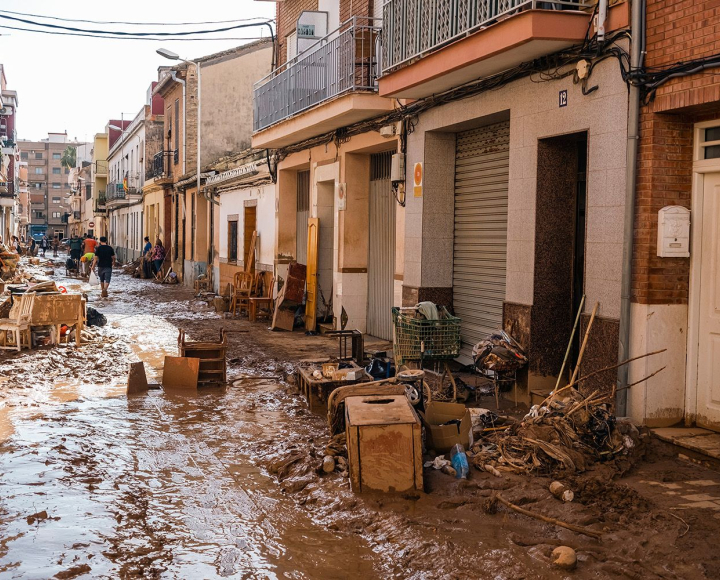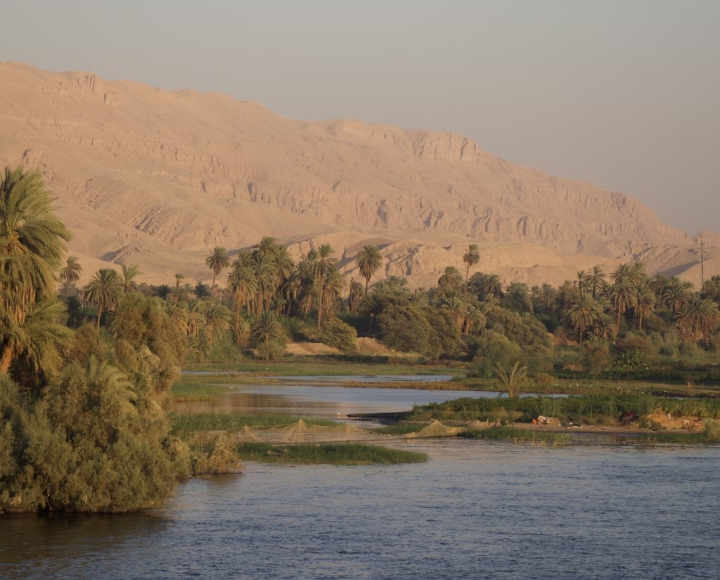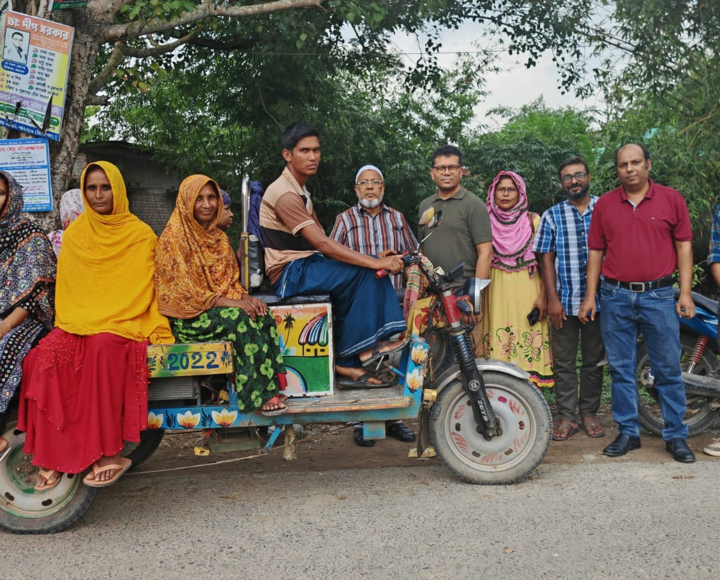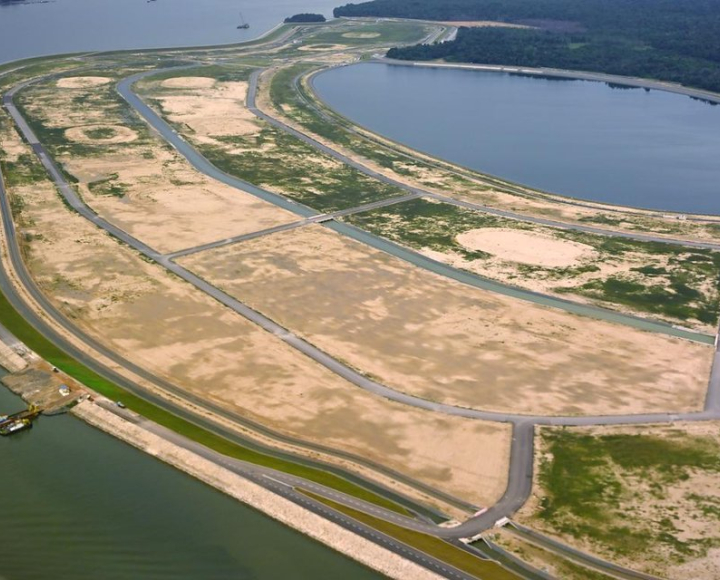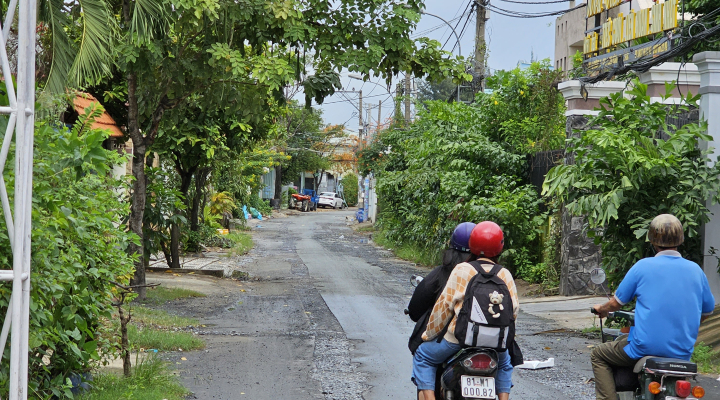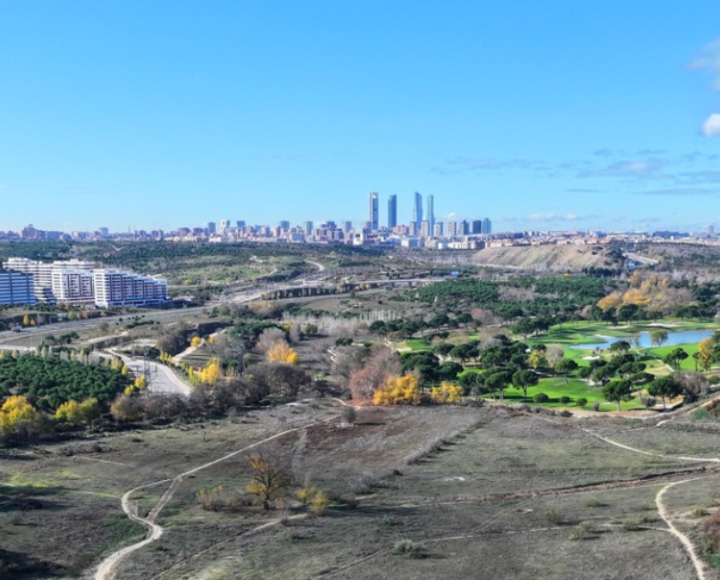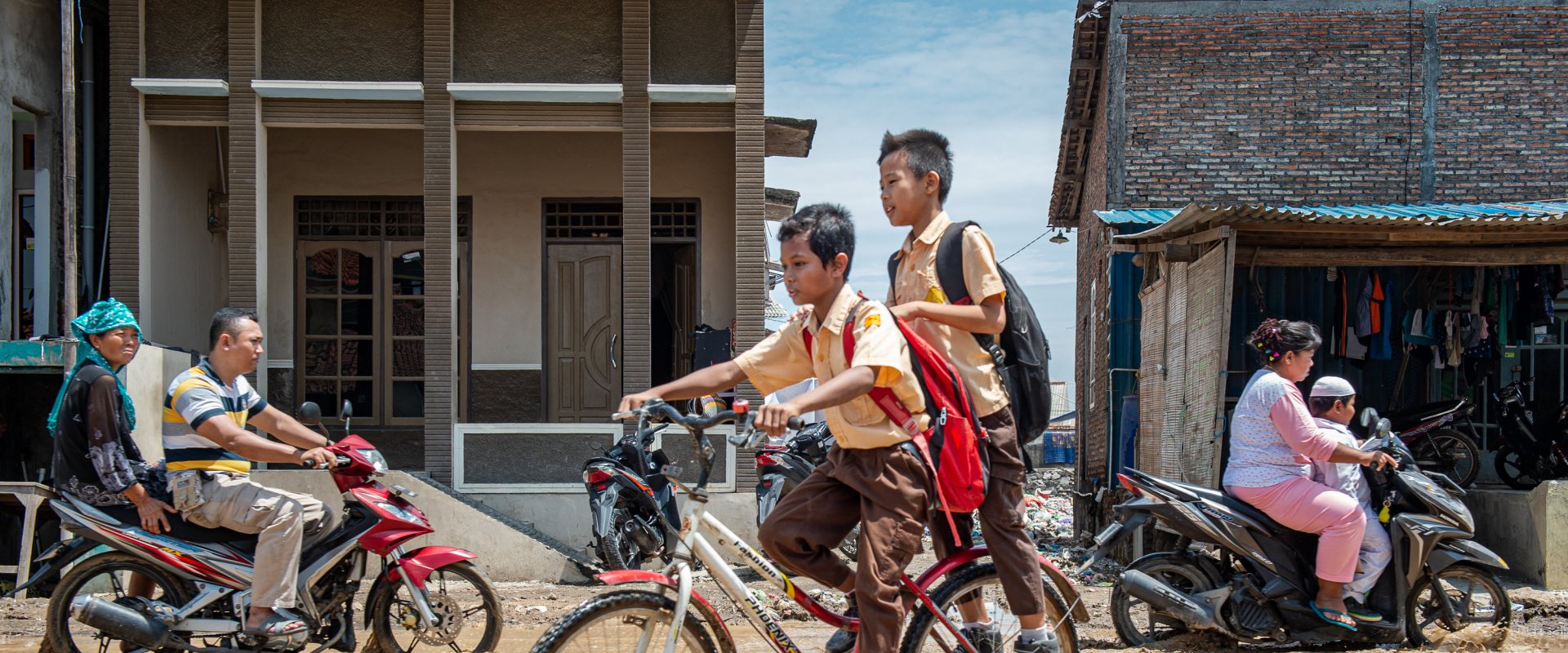
IABR-2020: Open call to participate in special exhibition on Water as Leverage
The 9th edition of the International Architecture Biennale Rotterdam (IABR) is to take place next year and curator Sarah Ichioka has released the Open Call Water as Leverage. Designers, architects, academics, artists, planners, activists, cities, universities, companies, and social organisations are invited to submit concrete design proposals to counter urban floods and droughts as a leverage to improve the liveability of the city in general.


Serious reflections on city planning
The biennale IABR-2020 will start in Rotterdam, the Netherlands in September and has been titled ’Down to earth’ based on the premises that a serious reflection is needed on our urban landscape as earth is facing a serious crisis. The exhibition is about rethinking the ways we inhabit the earth, through real climate action, a new political orientation, and integrated planning.
One of the themes of the art exhibition focuses on the initiative Water as Leverage founded by Dutch water envoy Henk Ovink, the IABR and Architecture Workroom Brussels in 2017.
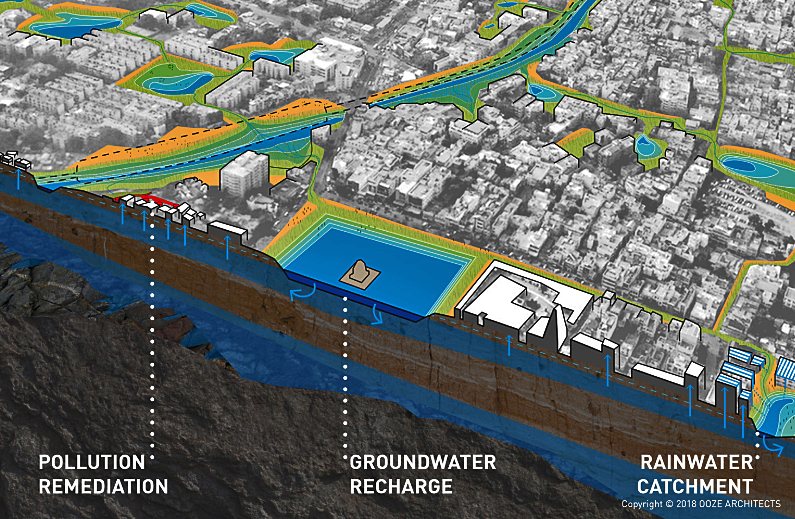

More purposeful urban architecture
According to curator Ichioka urban landscape architecture must become more purposeful in a time of a climate crises. ‘By accepting the challenges of climate change, we accept the need to look at their many systemic, cultural, psychological, and relational roots. This includes the complex global water challenges my team seeks to address in the Water as Leverage exhibition’.
Ichioka believes architects and allied spatial practitioners can play an important role in building a viable future if their work is sufficiently integrated with actions towards, and in service of, processes of economic, political, and social transformation. `We must remake our disciplines to more purposefully tackle compound global challenges related to the climate crisis´, says the Singapore-based consultant.
Best practices and strategies
IABR looks forward to receive concrete design proposals, preferably developed in productive collaboration with local, regional, and national stakeholders. The final result of the Open Call –best practices and strategies from around the world– will be presented alongside other main content elements in the main exhibition of IABR-2020.
Applications must be submitted by 1 November 2019.
About Water as Leverage initiative
The Water as Leverage initiative was launched in 2017 to set up alliances for bankable urban adaptation projects that match long term comprehensive urban planning with short term innovative transformations. The initiative aims to develop ever more knowledge of the water system with building more resilient cities.
Over the past two years six design teams have been working to bring this to practice in three Asian cities: Khulna (Bangladesh), Chennai (India) and Semarang (Indonesia). The teams explored the opportunities to use interventions in the urban water systems as leverage for transformative impact.




